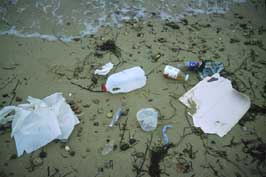Will our beaches become an example of the Tragedy of the Commons?
Click on image for full size
NCAR Digital Library
The Tragedy of the Commons
In 1968 a man named Garrett Hardin wrote a magazine article called "The Tragedy of the Commons." The common that he writes about is a park with a lot of grass. Someone in the town brings his cows to the common area to eat the plentiful grass. Other town’s people start to bring their cows also. No one thinks through what will happen to the grass if it keeps being eaten. As a result, it eventually is ruined. Hardin called this the Tragedy of the Commons. It is the idea that things that are free or available to everyone can be ruined by abuse or overuse.
There are many examples of the Tragedy of the Commons that are not fictional. People often pollute the air so much that it can be unhealthy to breathe. Sometimes fish become scarce because people over fish. Coral reefs are in danger due to human actions. Also, rainforests have been cut down, which has ruined the habitat of many animals, insects, and birds and contributed to the extinction of certain plants and animals.
How can we stop the Tragedy of the Commons from occurring? Some people believe that everything should have an owner and that nothing should be free to all. But how does someone own the air or the ocean? Others believe that laws and fines will work to make it costly for people to ruin things that belong to everyone. There is certainly no easy solution.
For now, almost everyone agrees that some form of control is necessary. Without controls, we may be unable to preserve the Earth’s natural resources, like air and water. Unquestionably, this would be a tragedy with equally tragic consequences for us all.
Last modified February 19, 2006 by Teri Eastburn.
You might also be interested in:
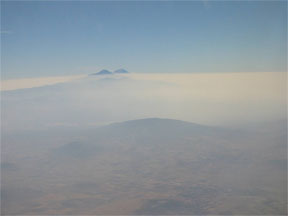
Have you ever heard of air pollution? Air pollution is not new. 700 years ago, when people started burning large amounts of coal 700 years ago in London, England, they complained about the dust and soot
...more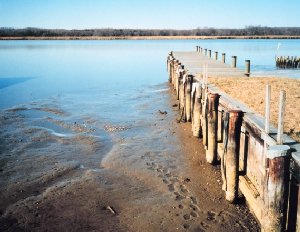
Have you heard about rivers, lakes, or streams becoming polluted? Sometimes the pollution is from trash or from dangerous things spilled into the water. However, sometimes the source of water pollution
...more
Rainbows appear in the sky when there is bright sunlight and rain. Sunlight is known as visible or white light and is actually a mixture of colors. The sun's rays pass through millions of raindrops. A
...more
It takes the Earth one year to travel around the sun one time. During this year, there are four seasons: summer, autumn, winter, and spring. Each season depends on the amount of sunlight reaching the
...more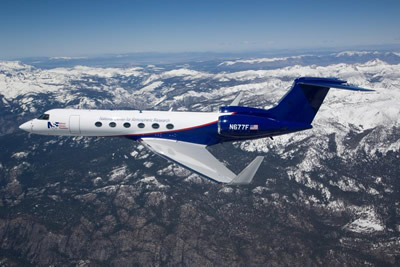
Scientists sometimes travel in airplanes that carry weather instruments in order to gather data about the atmosphere. These research aircraft bring air from the outside into the plane so scientists can
...more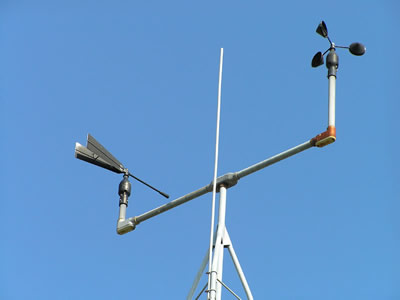
An anemometer is a weather instrument used to measure the wind (it can also be called a wind gauge). These instruments can be used in a backyard weather station or on a well-equipped scientific research
...more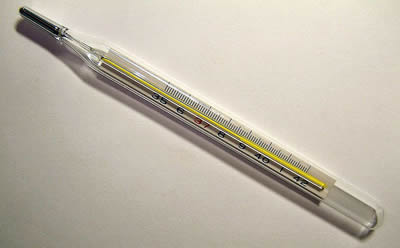
Thermometers measure temperature. "Thermo" means heat and "meter" means to measure. You can use a thermometer to measure the temperature of many things, including the temperature of
...more


